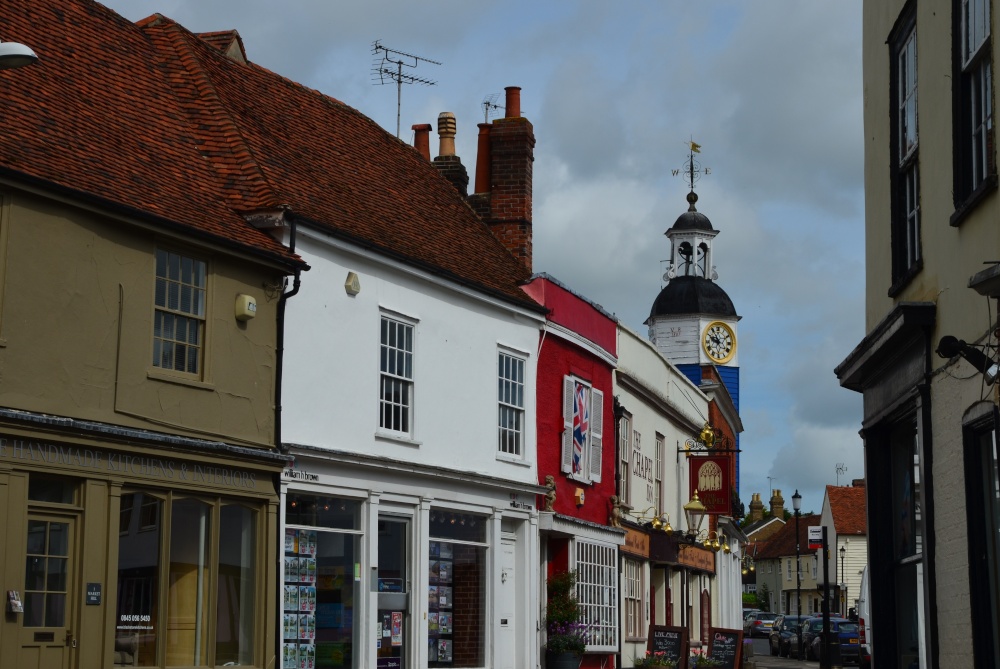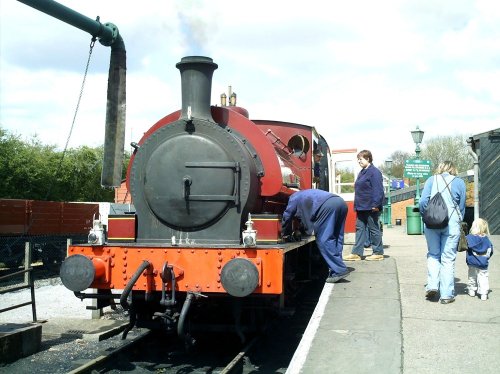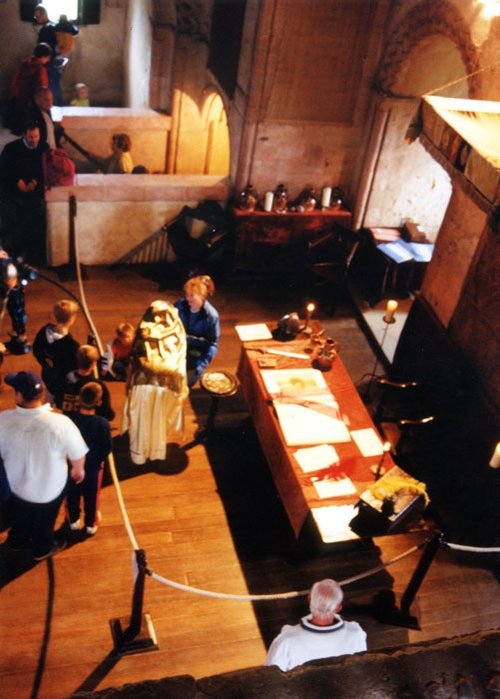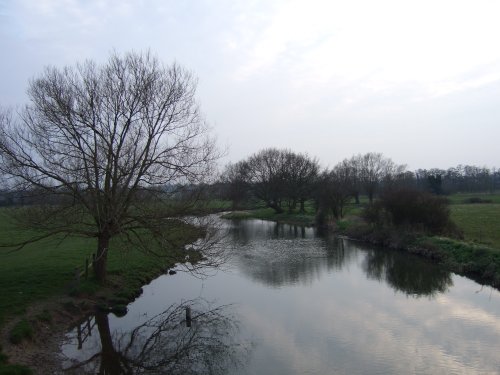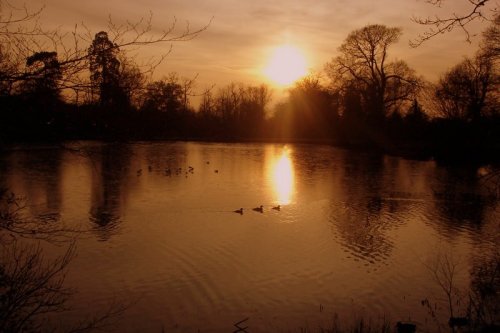Pictures of Coggeshall
About Coggeshall
The wonder of wool never ceases to amaze. Since medieval times, wool has given so much to England, it alone is responsible for so many of our 'showpiece villages' filled with houses of a style and grace that could only be paid for by the rich wool merchants of centuries ago, when the wool trade was at its height.
Coggeshall, a pleasant Essex village, gained its early prosperity from wool and lace making. It is a town of attractive buildings covering several periods with its crowning glory being 'Paycocke's' a beautiful half-timbered house in West Street, built by wool merchant John Paycocke early in the 16th-century. John Paycocke willed the house to his son Thomas, and as a legacy for posterity both Thomas and his wife carved their initials on the breast beam of the house which sadly remained with the family for only a short time. It passed from Paycocke hands in 1584 and after having many owners over several centuries it was finally bought by Lord Noel Buxton in 1904. Paycocke's was in a sad state but under the guidance of Sir Edwin Luytens, Lord Buxton set about a programme of restoration. It eventually passed to the National Trust and thus, this delightful property, evocative of the great days of wool, is open for all to see the splendour in which a medieval merchant lived.
Lace making which was all important to the town was introduced by a Frenchman called Drago. From humble beginnings early in the 19th-century until the start of the First World War at the beginning of the 20th-century, the industry flourished. Lace continued to be made in Coggeshall following the war but with the intervention of World War II, production stopped. However, you can still buy this beautiful lace today.
No review of Coggeshall would be complete without a mention of The Woolpack Inn. This building was built in the 15th-century, it became an inn during the 17th-century and it still survives to this day. Now a Grade II listed building, the inn retains many of its original features, it is a place of great charm and character which is a joy to visit. Next door to the inn is the church dedicated to St.Peter Ad Vincula which was built in the 15th-century to replace a Norman church. The church was destroyed by a German bomb during the Second World War. Restoration work took several years, a lot of church treasures were lost but memorials to the Paycocke family survived. Today, the church is just as beautiful as it was when first built hundreds of years ago, it is a place for peaceful prayer and quiet reflection. It is fully deserving of your time.
Another fascination in this town that offers so much, is the magnificent barn thought to have been part of Coggeshall Abbey. The barn dates from around 1140 and is the oldest timber-frame barn in Europe. At 120 feet long, it is truly stunning - known as The Grange Barn, it is open to the public and is well worth seeing. Another interesting feature is the arched bridge in Long Street. This is one of the oldest bridges in the country and is built from bricks made by the Cistercian monks at Coggeshall Abbey.
Standing in a town full of elaborate historic properties, the simple charm of Coggeshall water mill, reflected in the waters of the Blackwell River, captivates perfectly the image of an Essex of long ago, immortalised forever in paintings by Constable and Gainsborough. Today, we are fortunate that places like Coggeshall have given up so little of their natural charm to the demands of the modern day, thus preserving for us a heritage that is an essential part of English history.
Coggeshall lies on the River Blackwater, a short distance from the City of Colchester. It is a lively, bustling town, with pleasant hotels, inns and restaurants. It makes an idyllic destination for a weekend away from it all, or a spot from which to tour the fabled Essex countryside and coastal regions.
